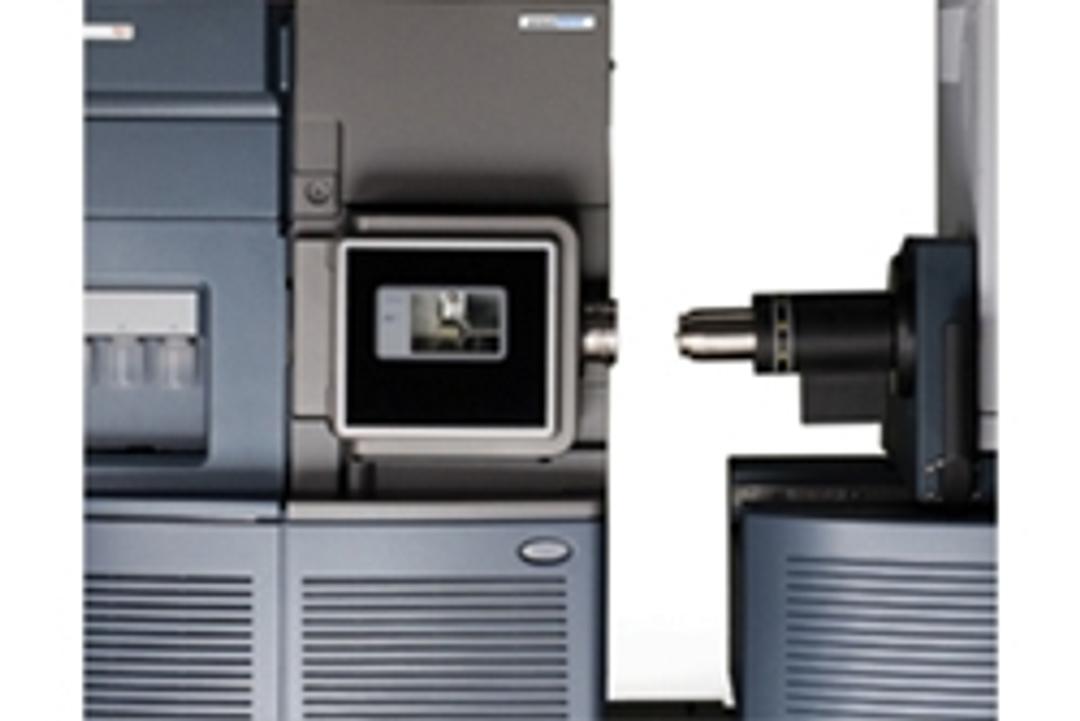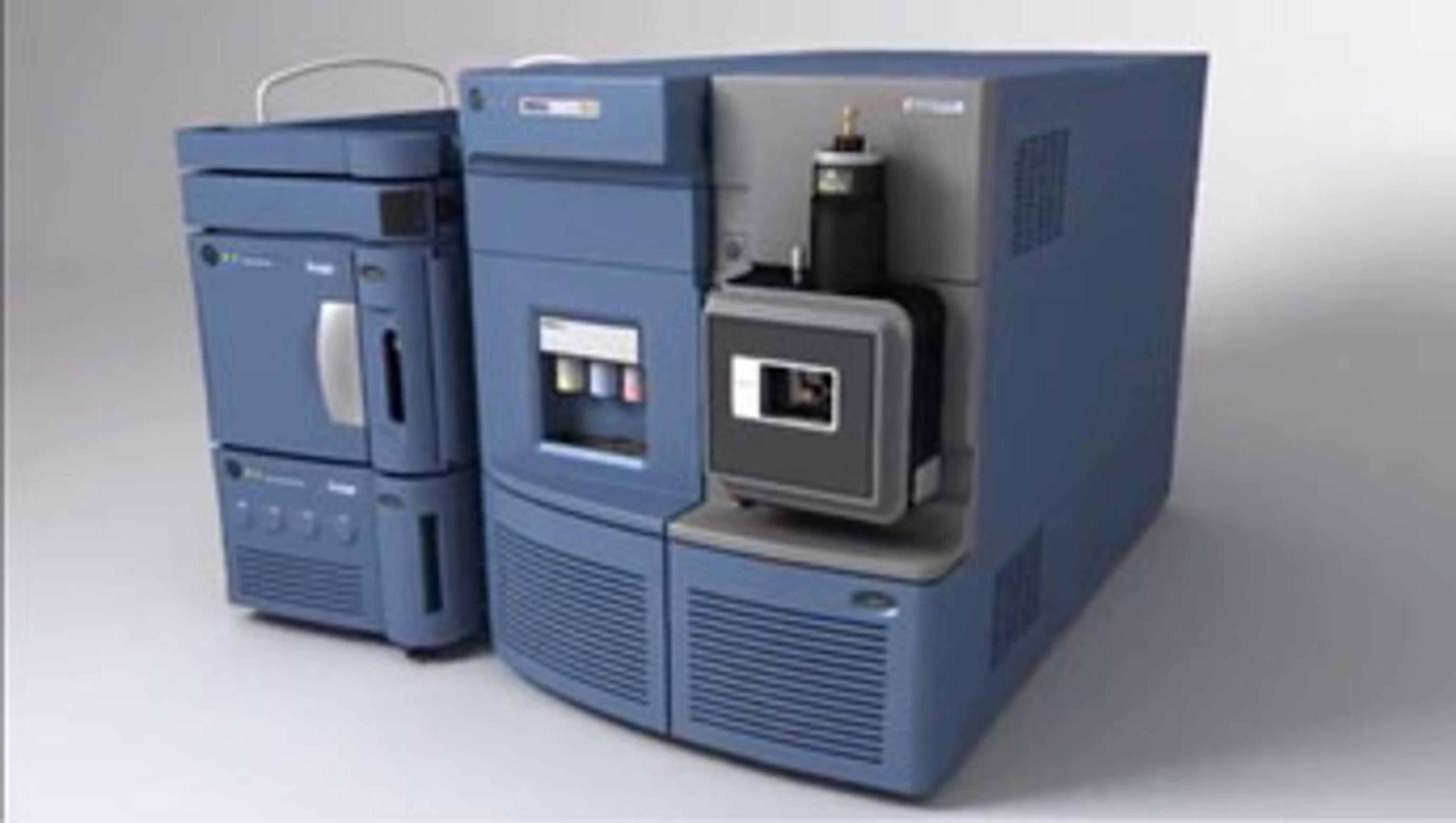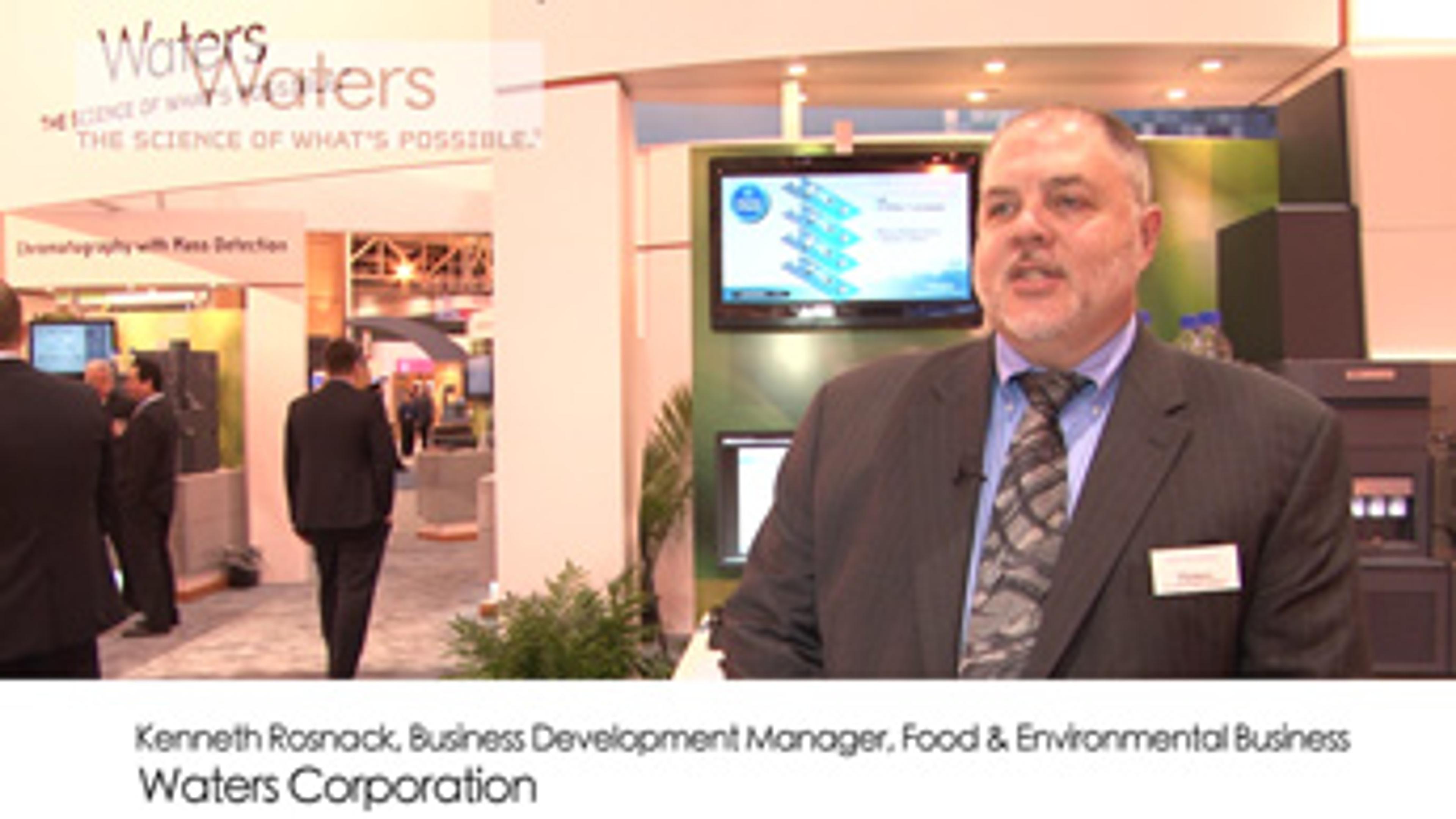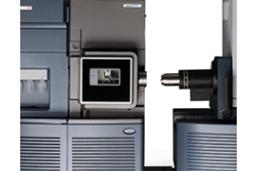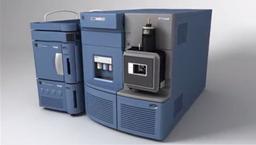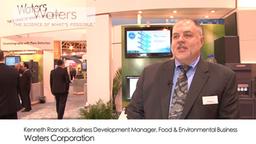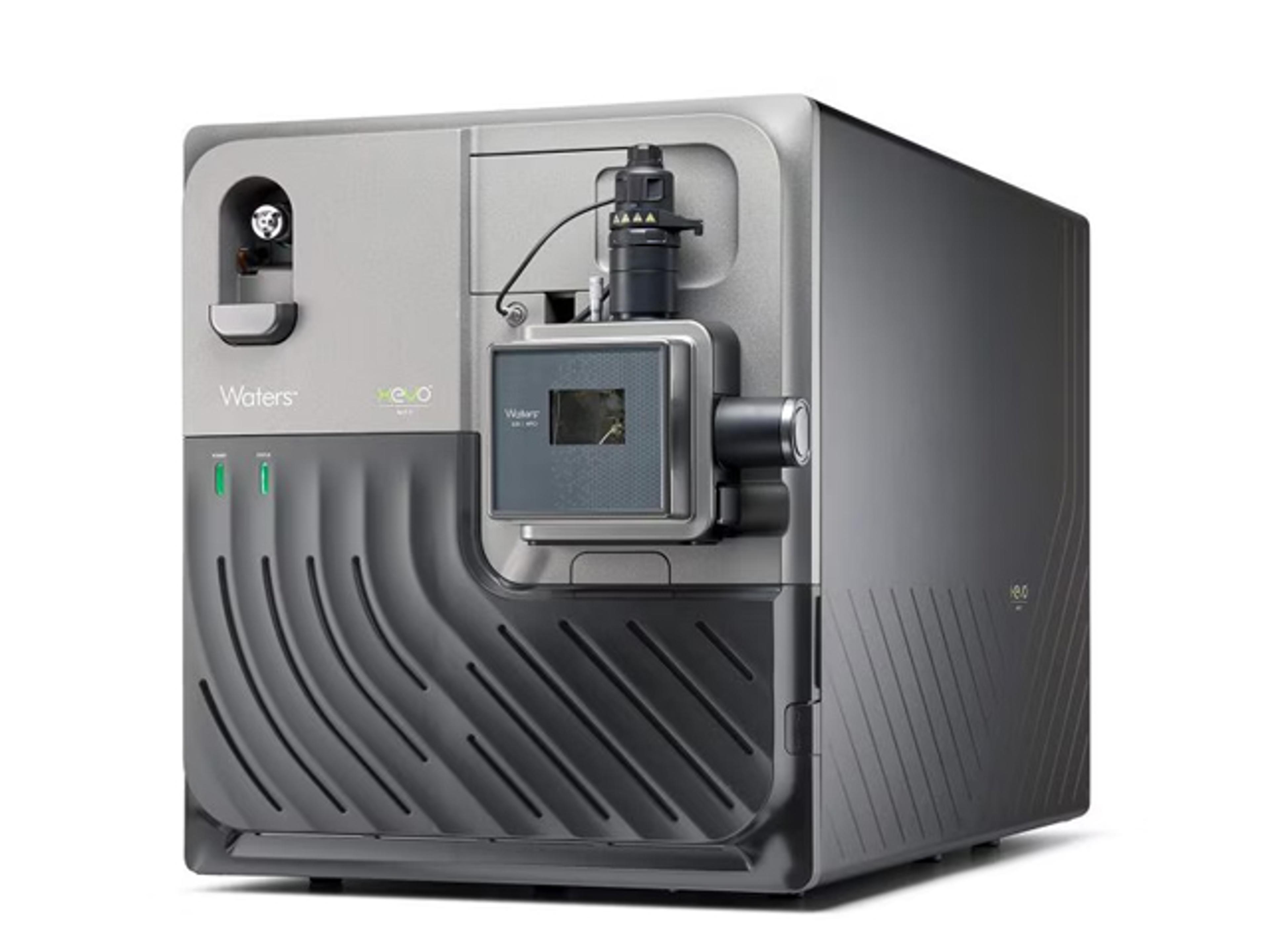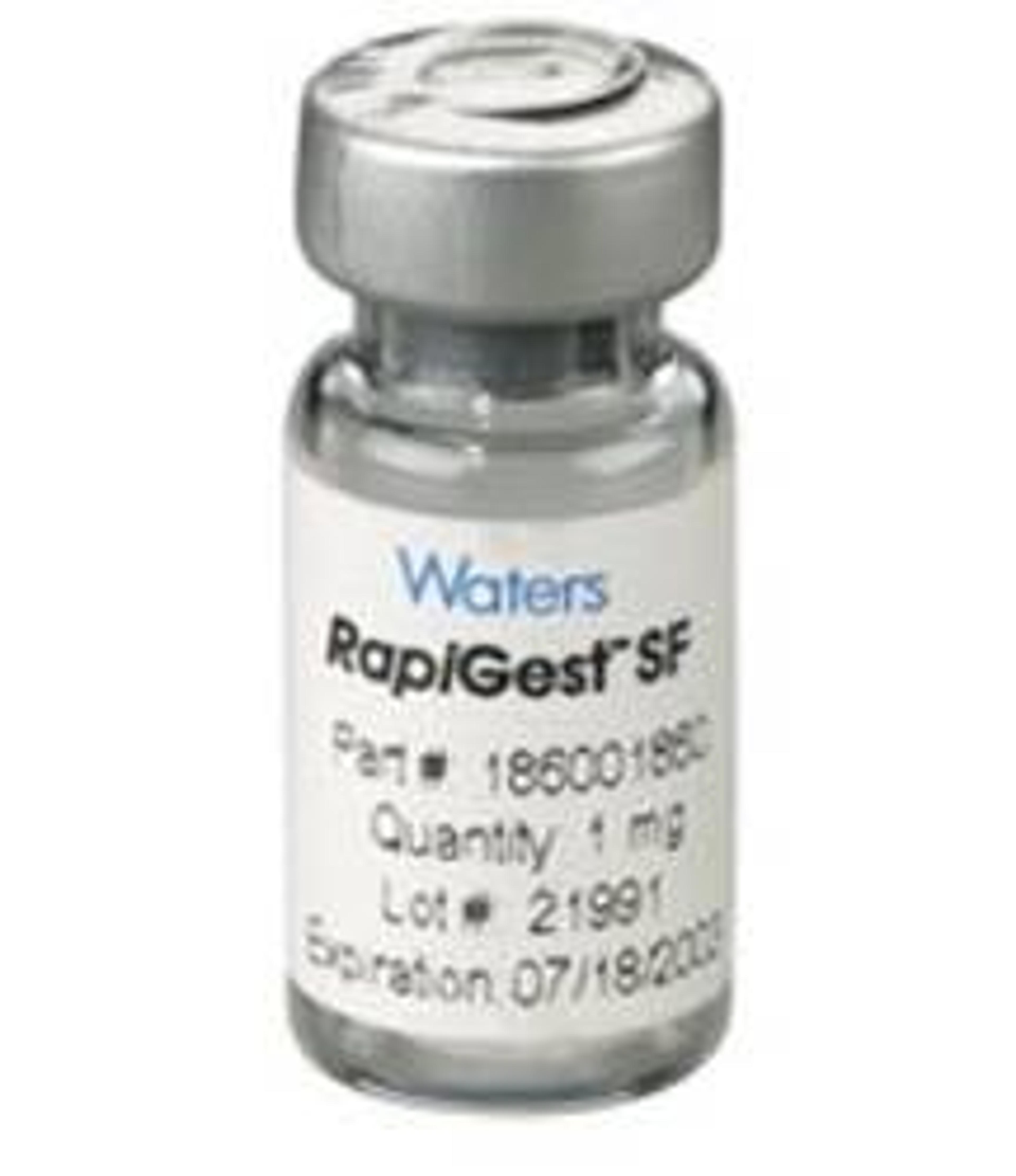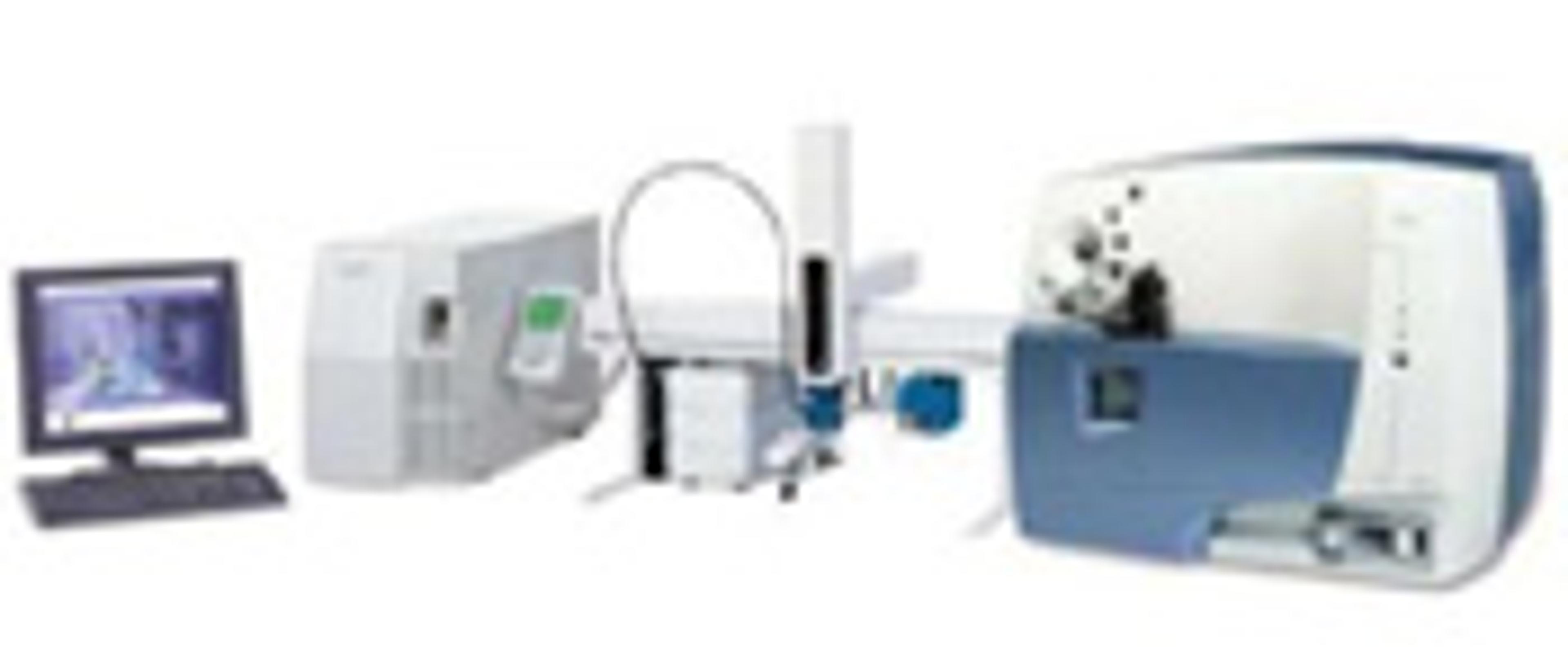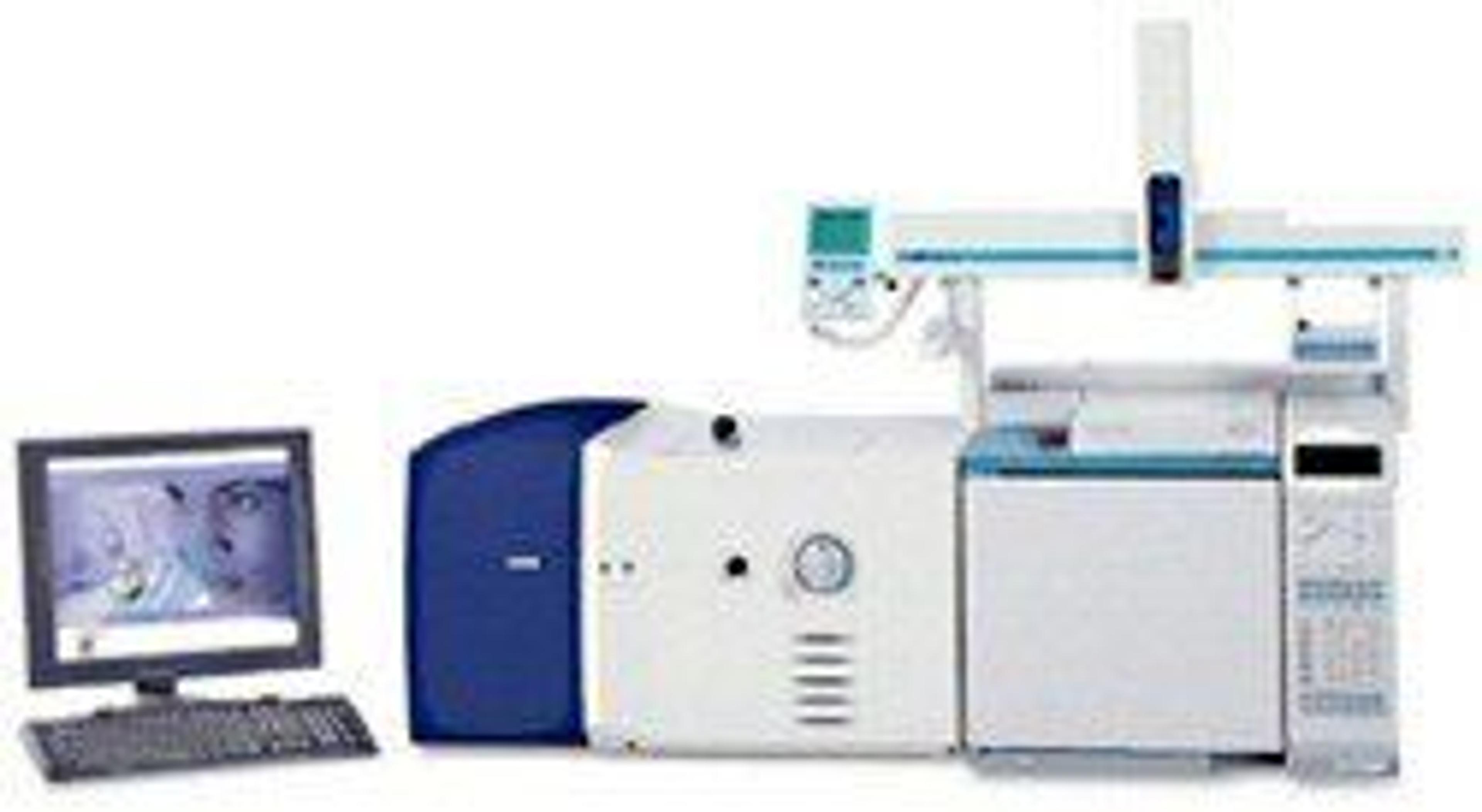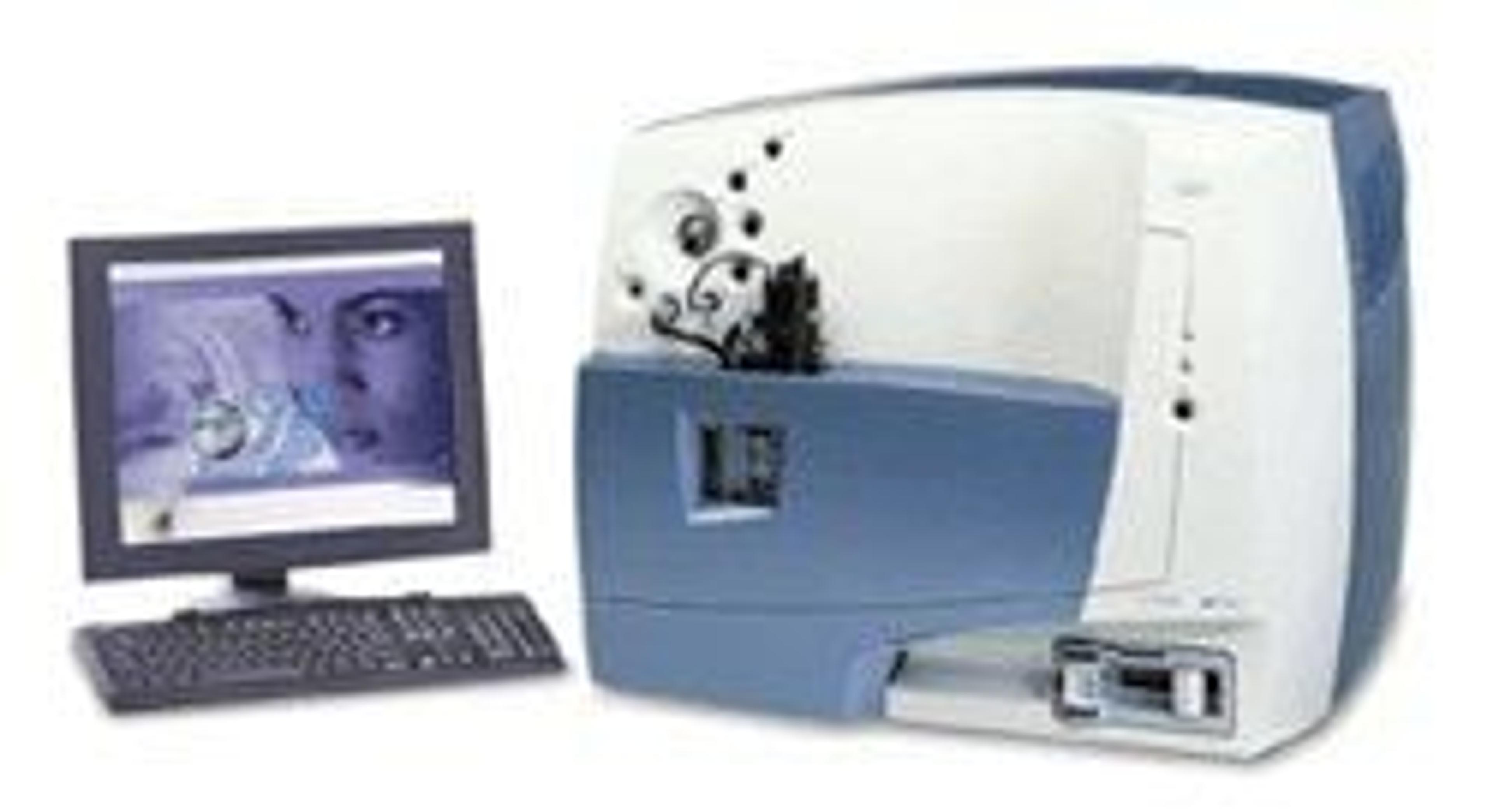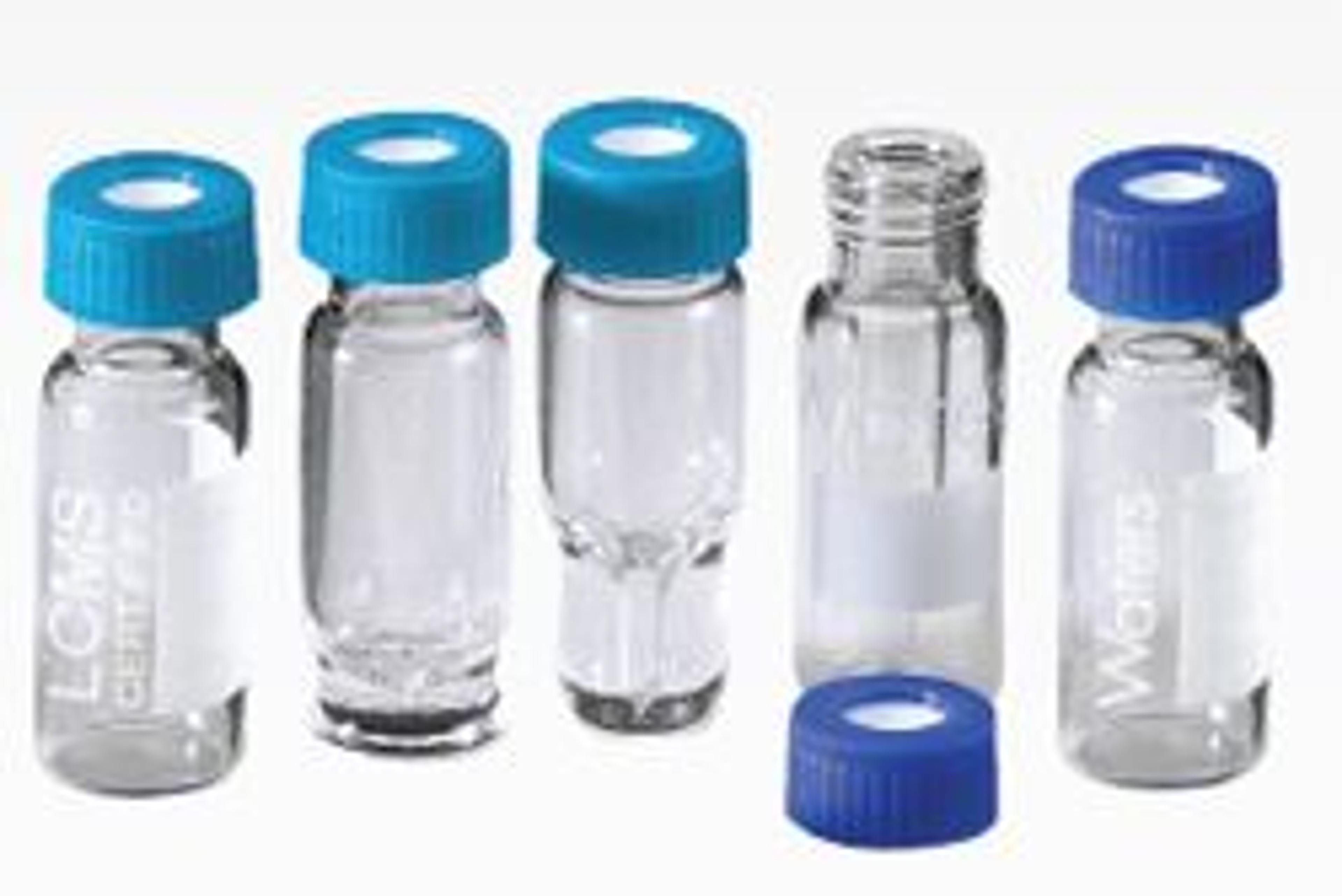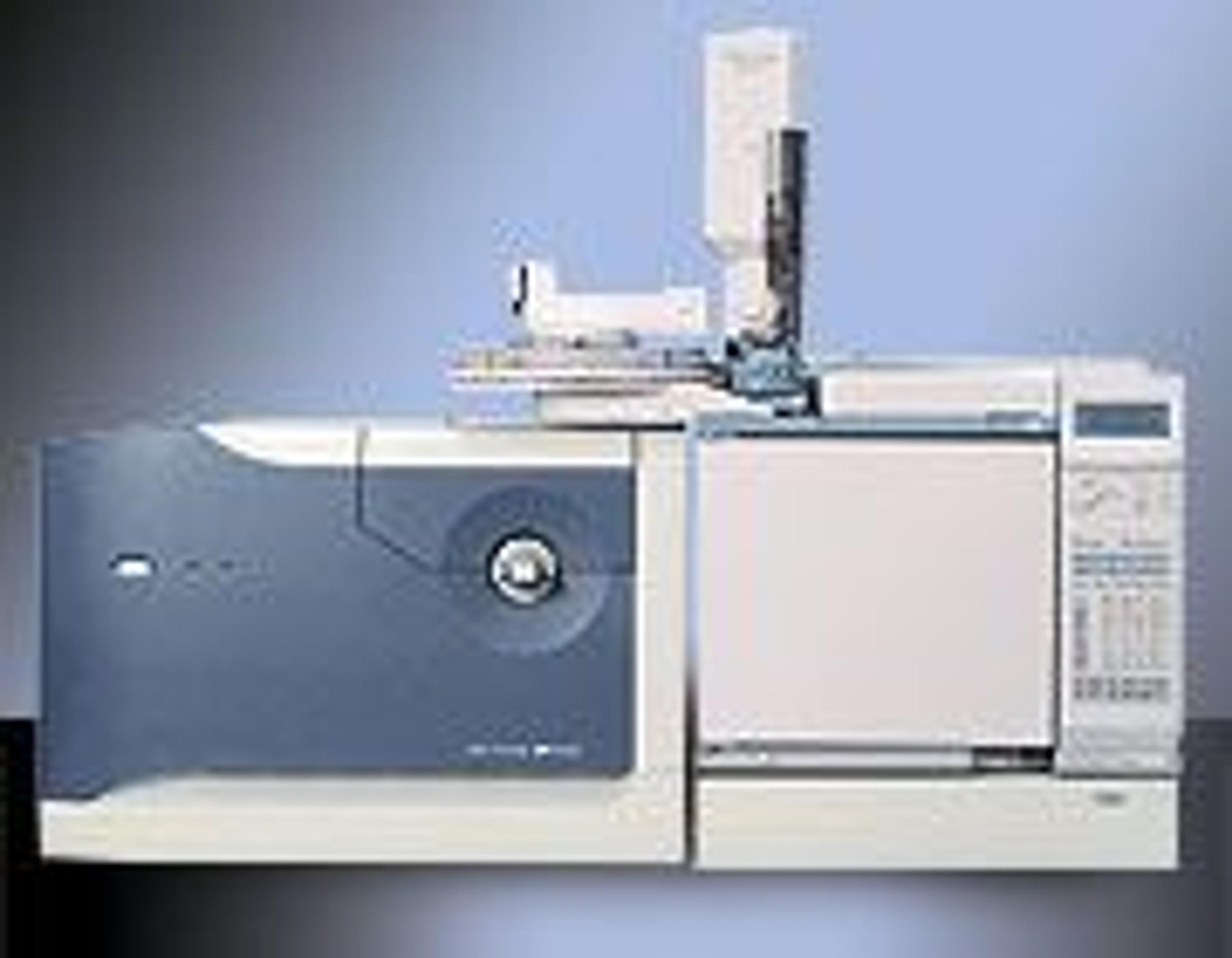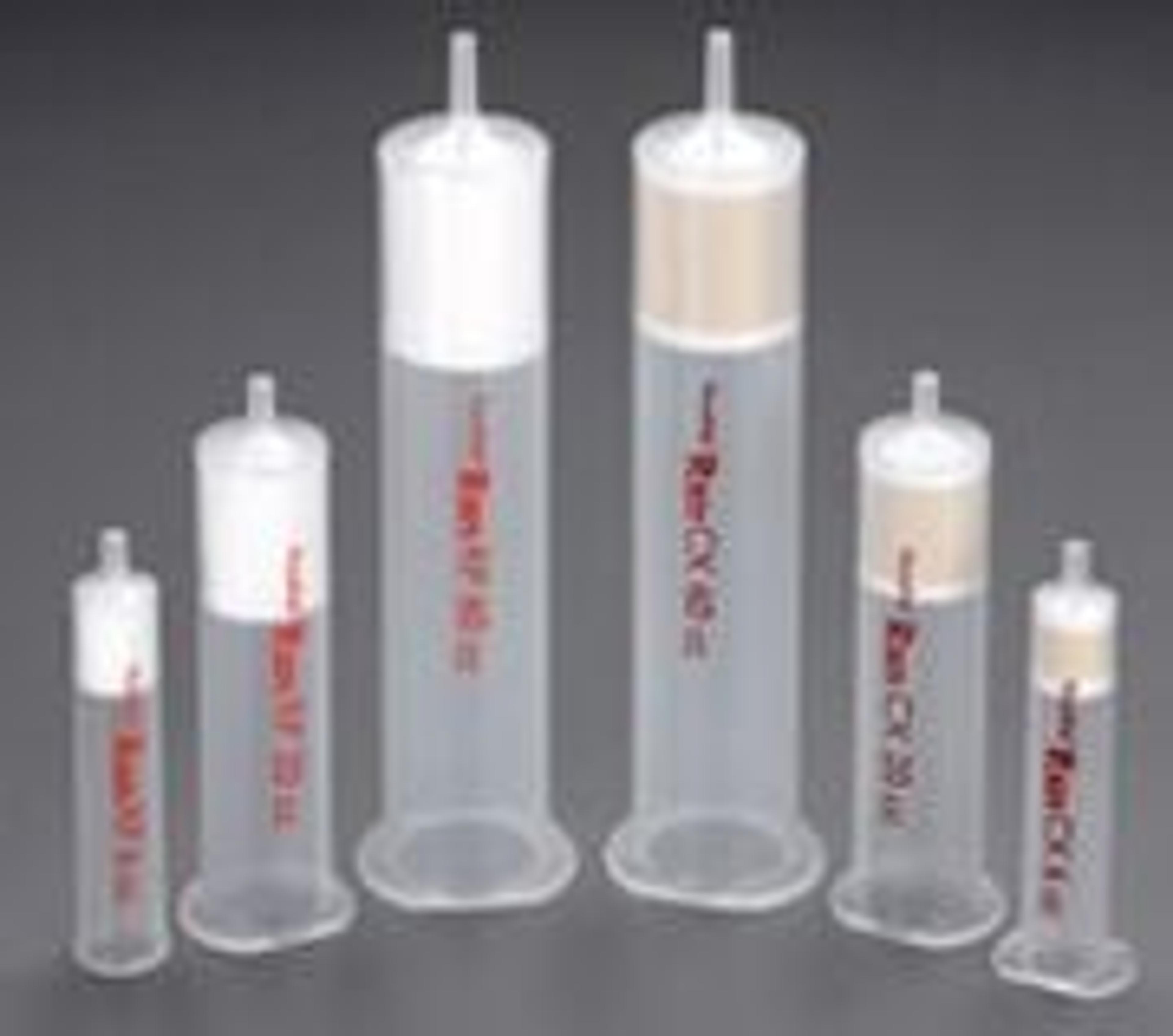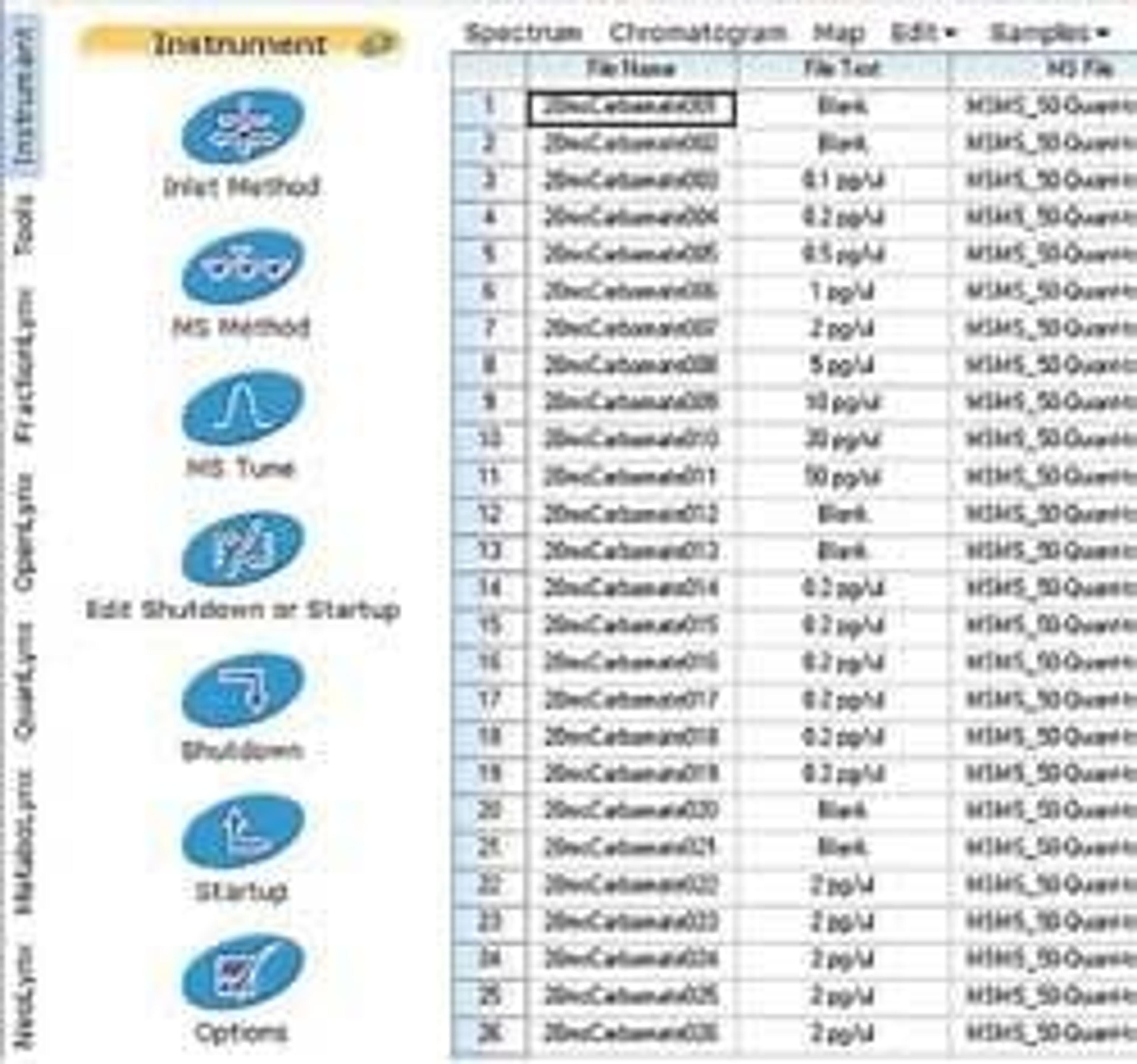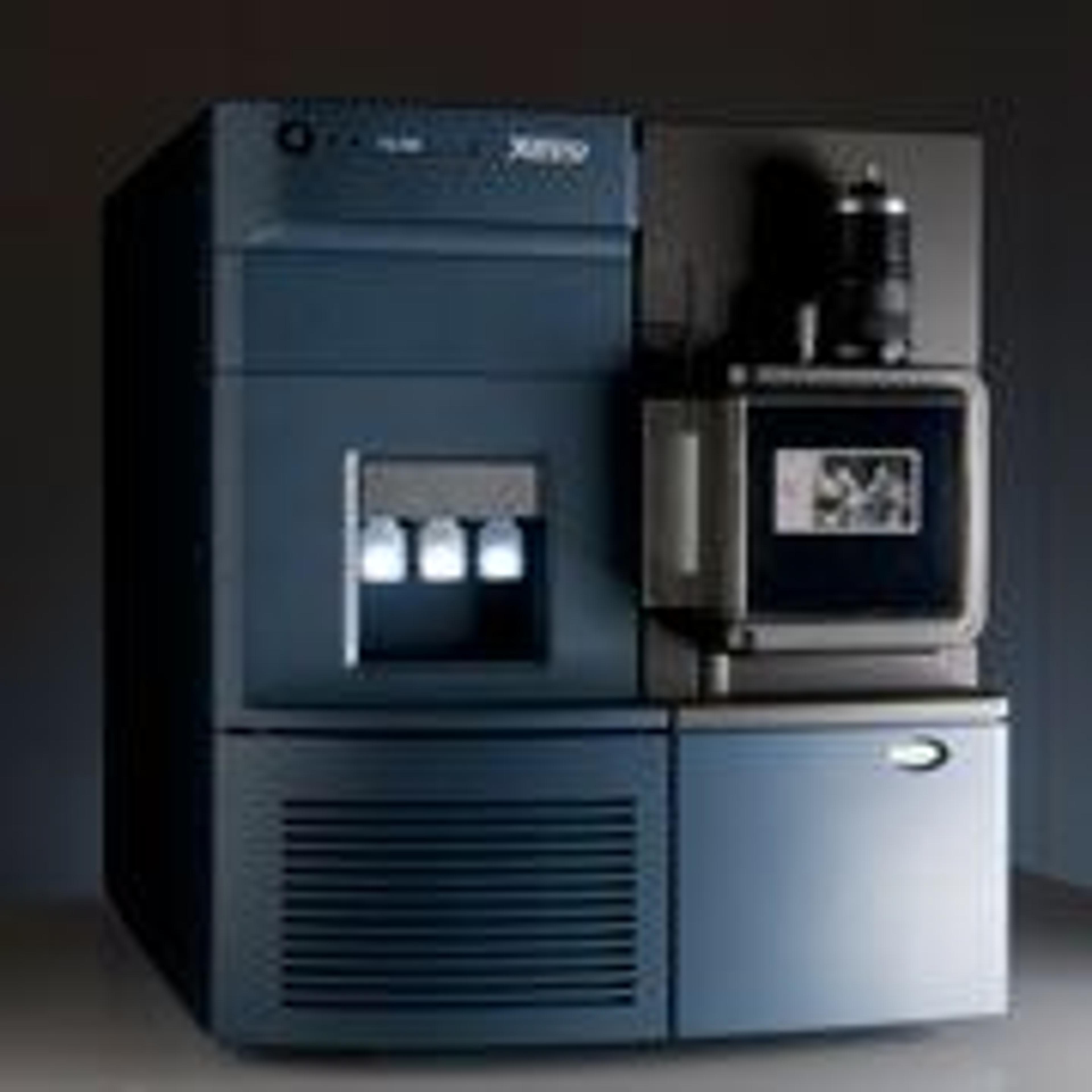Waters Atmospheric Pressure Gas Chromatography (APGC)
GC capabilities for today's advanced MS technologies
Too much method development required; not a sensible instrument for industry.
Pesticides (MRLs)
Nothing comes easy with this instrument. Changing over from the ESI source to the APGC source is not straight forward and quick. The chance that you will damage a probe or capillary during this change over is high. Then, you have to ever so often open the source to put water in the vials to ensure wet conditions (this is honestly just bizarre). If you are lucky, the software will communicate the first time, but this is also a struggle (Agilent hardware, but Waters MS and software). The software to operate the GC is extremely basic with many missing features. You will spend more than a week optimizing one pesticide, let alone a sample that contains many pesticides. There is a plethora of parameters you can change, and there is no consensus from application chemist as to which parameter will have the biggest effect. Repeatability is shocking. If you need to tune the APGC, you actually have to take the source off and place the ESI source back and then place the other source back. This is most definitely not a user friendly industry instrument. We are actually at a point where we will rather procure an Agilent source and split the instrument as it really doesn't make sense. Applications for this soft ionisation technique should stay in academia.
Review Date: 11 Aug 2021 | Waters
Bravo!
Low polarity compounds
Very user friendly and intuitive. This system is easier to operate as compared to a magnetic sector and it is highly flexible which allows for multiple analyses to be run on a single platform rather than the use of a dedicated solo system geared towards dioxin / furan analysis.
Review Date: 20 Jul 2021 | Waters
Amazing machine with great service.
Urine organic acid analysis
Very good connection with the Waters agent to trouble shoot problems with the machine or software. Even without the agent, the software is very smart and does many things with a good explanation for the user. Value wise for this product - it looks good!
Review Date: 15 Jul 2021 | Waters
It provides the speed and sensitivity we need for dioxin analysis.
Dioxin analysis
APGC is a very sensitive detection system that enables us to improve the detection and quantification of toxins (PCDDs and PCDFs) in feed and food samples – a technological advancement that serves our mission to advance dioxin analysis.
Review Date: 14 Sept 2018 | Waters
It provides the speed and sensitivity we need for dioxin analysis.
Dioxin analysis
APGC is a very sensitive detection system that enables us to improve the detection and quantification of toxins (PCDDs and PCDFs) in feed and food samples – a technological advancement that serves our mission to advance dioxin analysis.
Review Date: 13 Sept 2018 | Waters
If we need sensitivity, it’s the instrument of choice.
Food safety
We set out to develop advanced analytical methodology to improve the monitoring of contaminants in food samples. The increased sensitivity of the Xevo TQ-S with APGC enabled us to develop and test a method that would increase the number of contaminants detected at much lower levels in the most complex samples.
Review Date: 27 Apr 2018 | Waters
Waters Atmospheric Pressure Gas Chromatography (APGC) adds GC capability to today’s advanced MS technologies.
APGC is an ionisation source for Xevo™ and SYNAPT™ mass spectrometers. The ionisation is ‘soft‘ meaning that less fragmentation is observed for many compounds when compared with techniques such as EI. Reduced fragmentation can give higher sensitivity and specificity, therefore simplifying pre-cursor ion selection in MS/MS analyses.
Waters™ Universal source architecture and Engineered Simplicity™ means that changeover from UPLC™ to GC is quick and simple. Since APGC is not a vacuum technique equilibration time between techniques is kept to a minimum. This means that analysis can be tailored to business demands, maximizing up-time and instrument utilization.
Waters enhanced, unique MS technologies such as RADAR™, MS E & HDMS™ are now available to GC separations. Unlock the secrets of your sample and make sure you have the widest possible coverage from your analyses.
Waters Atmospheric Pressure Gas Chromatography (APGC) Features:
- High performance, ease of use allowing quick reaction to meet demands and increase throughput.
- Access to ultra-trace quantification.
- Comprehensive qualitative MS & MS/MS.
- High-resolution ion-mobility separations.

